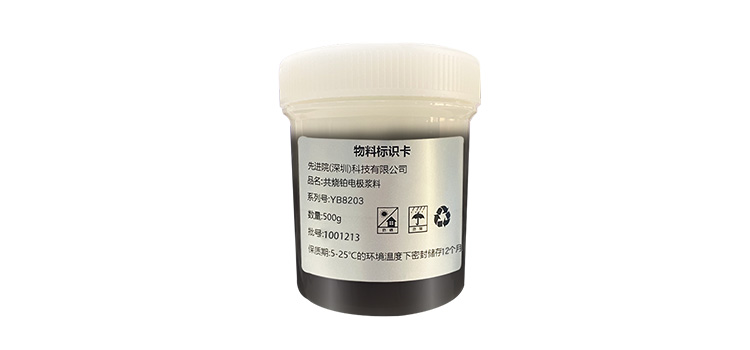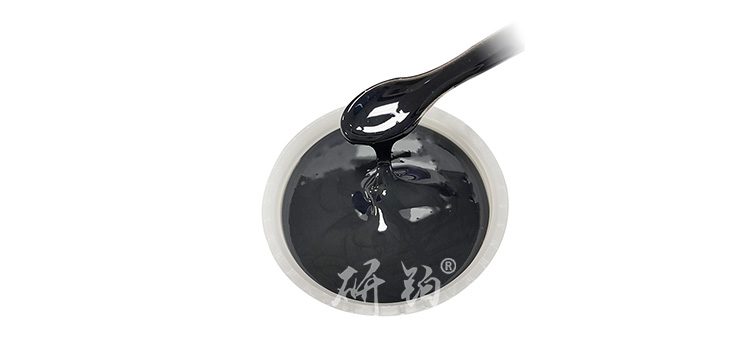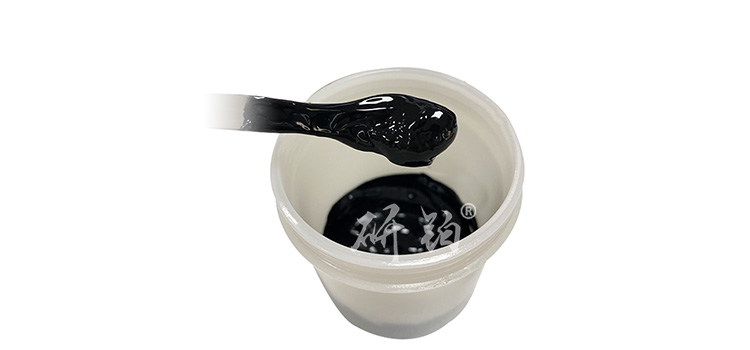In modern industry and scientific research, co fired platinum electrode slurry plays a key role as a high-performance functional material in fields such as electronics, energy, and healthcare. This article will focus on exploring the methods for determining the drying and sintering process parameters of co fired platinum electrode slurry, and specifically mention the advanced technology of Advanced Institute (Shenzhen) Technology Co., LtdResearch Platinum Brand YB8203 Co fired Platinum Electrode Slurry.
Determination of drying process parameters
- Choose the appropriate drying equipment
- Liquid electrode material: for liquid platinum electrode slurry, spray dryer can be used for rapid drying. This device atomizes liquid slurry into tiny droplets through a nozzle and comes into full contact with hot air, causing the solvent to evaporate rapidly.
- Slurry coated on substrate: For platinum electrode slurry already coated on ceramic substrates or other substrates, an oven can be used for drying. The oven provides a controllable temperature environment, and by setting the appropriate temperature and drying time, the drying speed of the slurry can be controlled.

- Control drying temperature
- Drying temperature is an important factor affecting drying speed. Usually, the higher the temperature, the faster the drying speed. However, excessively high temperatures may cause chemical changes or physical deformations in certain components of the slurry, so it is necessary to choose an appropriate drying temperature based on the characteristics and requirements of the slurry. regardingResearch Platinum Brand YB8203 Co fired Platinum Electrode SlurryIt is necessary to choose the highest possible drying temperature while avoiding affecting its performance.
- Optimize ventilation conditions
- In the process of spray drying, ventilation conditions can be optimized by adjusting the circulation and emission system of hot air. In oven drying, it is possible to ensure smooth air circulation inside the oven by setting reasonable ventilation openings and exhaust fans, thereby accelerating the drying speed.
- Control the thickness of the slurry and the uniformity of coating
- Thicker slurries require longer drying time, while uneven coating may result in local drying speeds being too fast or too slow. Therefore, it is necessary to strictly control the thickness and coating uniformity of the slurry during the production process.
- Using auxiliary drying methods
- In some cases, auxiliary drying methods can be used to accelerate the drying speed, such as installing heating plates or infrared radiation sources inside the oven as auxiliary heating equipment. However, it should be noted that the use of auxiliary drying methods should be based on the characteristics and requirements of the slurry to select appropriate methods and parameters.
Determination of sintering process parameters
- heating rate
- The selection of heating rate should consider the composition, particle size, and type of additives of the slurry. An appropriate heating rate helps ensure that the slurry is uniformly heated during the sintering process, avoiding performance issues caused by local overheating or insufficient temperature.

- Peak
- The selection of peak temperature should be higher than the combustion temperature of organic binder and the softening point of glass to ensure that the organic matter in the slurry is completely burned out and the glass softens, promoting the bonding and diffusion between particles. regardingResearch Platinum Brand YB8203 Co fired Platinum Electrode SlurryThe recommended sintering temperature range is 850-1200 ℃, but the specific temperature should be determined based on the characteristics and requirements of the slurry. In some special applications, such as the manufacturing of biosensor electrodes, the sintering temperature may reach up to 1450-1550 ℃ (peak insulation for 120 minutes).
- Optimization steps
- Design experiment: Based on the preset sintering curve parameter range, design different experimental groups for sintering experiments. Each experiment uses different parameters such as heating rate, peak temperature, holding time, and cooling rate.
- Performance testing: Conduct performance tests on the sintered platinum conductor slurry for each group of experiments, including key performance indicators such as conductivity, adhesion, and thermal stability.
- Data analysis: Based on test data, analyze the influence of various sintering parameters on the properties of the slurry, and identify the combination of sintering curve parameters with better performance.
- Optimization and adjustment: Based on the data analysis results, optimize and adjust the sintering curve. Multiple iterations of experiments and adjustments may be required to find the optimal combination of sintering curve parameters.
Research Platinum Brand YB8203 Co fired Platinum Electrode Slurry
Research Platinum YB8203 Co fired Platinum Electrode SlurryAdvanced Institute (Shenzhen) Technology Co., LtdThe star product has high conductivity, stability, and corrosion resistance. This slurry is composed of platinum powder, glass binder, and carrier, and exhibits unique advantages in the manufacturing of co fired biosensor electrodes.
- High conductivity: Platinum powder has excellent conductivity, ensuring smooth transmission of current in the sensor.
- Stability: Platinum can maintain stable performance in harsh environments such as high temperature and high pressure, providing strong support for the long-term stable operation of sensors.
- Corrosion resistance: Platinum can resist the erosion of various corrosive substances, extending the service life of sensors.
By optimizing the drying and sintering process parameters, the YB8203 co fired platinum electrode slurry of Yanbo brand can further leverage its performance advantages, improve the sensitivity and response speed of sensors, and reduce manufacturing costs.
conclusion
The determination of drying and sintering process parameters for co fired platinum electrode slurry is crucial for ensuring electrode performance and quality. By selecting appropriate drying equipment, controlling drying temperature, optimizing ventilation conditions, controlling slurry thickness and coating uniformity, and using auxiliary drying methods, the drying process can be optimized. Meanwhile, by selecting the heating rate and peak temperature reasonably, and conducting experimental design and data analysis, the sintering process can be optimized. The YB8203 co fired platinum electrode slurry from Advanced Institute (Shenzhen) Technology Co., Ltd. has demonstrated excellent performance and broad application prospects in this process.
The above data is for reference only, and specific performance may vary due to production processes and product specifications.







